item no.:
PLA-NA-LGF30Payment:
T/T or L/C (other payment ways also can be diproduct origin:
Xiamen, ChinaColor:
Original color (also can be customized)shipping port:
Xiamen, ChinaPLA plastic
Polylactic acid (PLA) is a kind of excellent biodegradable material, which is mainly produced from starch of renewable plant resources (e.g. corn, potato), and is widely used in the fields of packaging, agriculture, tableware, medical and daily non-woven materials due to its good processing properties, physical properties, mechanical properties, biocompatibility and biodegradability. The research on the preparation of multifunctional composite materials with PLA as the main matrix is the current hot spot in the development of degradable materials.
Long glass fiber
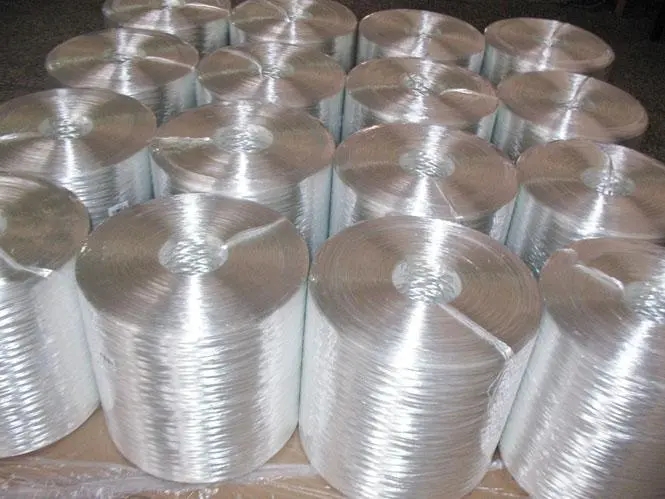
PLA can be processed in the same way as ordinary polymers, such as extrusion, cast molding, film blowing, injection molding, bottle blowing and fiber molding. The prepared films, sheets and fibers can be used in a wide range of applications such as garments, textiles, non-woven fabrics, packaging, agriculture, forestry, civil engineering and construction, medical and hygiene products, and daily necessities after secondary processing such as overheating and spinning. PLA products can be recycled by organic resources, physical recycling, landfill, thermal recycling or chemical recycling after use.
Long glass fiber reinforced composites can solve your problems when other methods of reinforced plastics do not provide the performance you need or if you want to replace metal with plastic. Long glass fiber reinforced composites can cost effectively reduce the cost of goods and effectively improve the mechanical properties of engineering polymers, and increase the durability by forming long fibers to form a long-fiber-reinforced internal skeleton network. Performance is preserved in a wide range of environments.
While bio-based polylactic acid (PLA) thermoplastics are relatively eco-friendly and easy to recycle, composite materials, such as fiberglass, are much stronger. Now, we can combine the benefits of both with new PLA composites.
PLA-LGF display
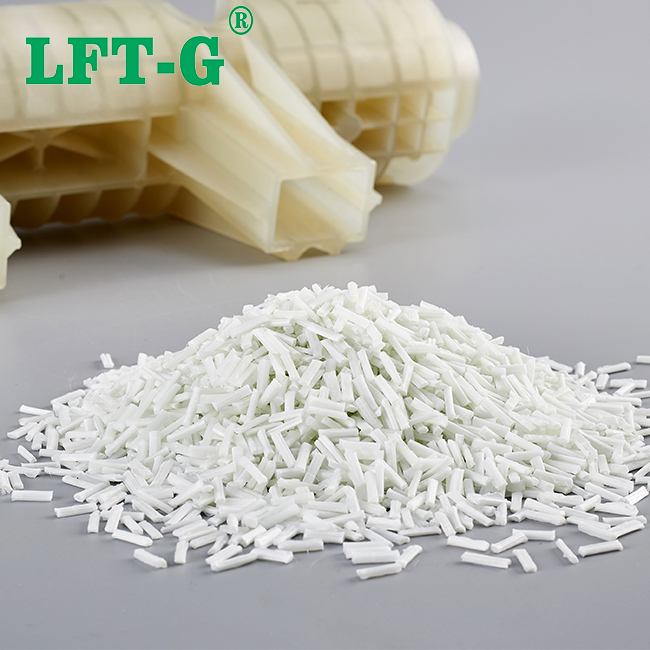
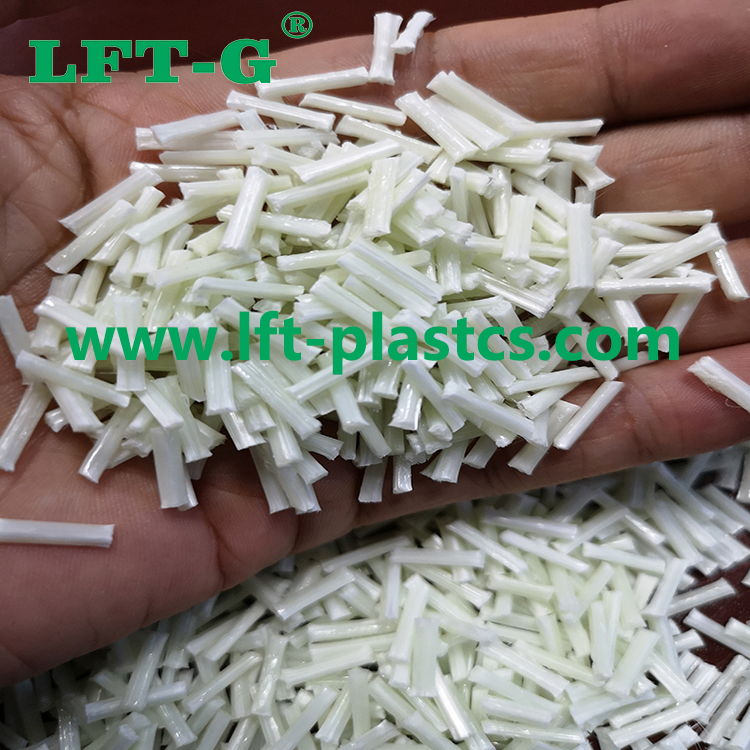
Product process
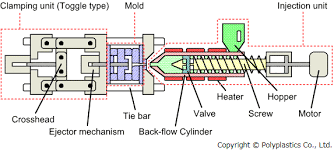
Certifications
Quality Management System ISO9001/1949 Certification
National Laboratory Accreditation Certificate
Modified Plastics Innovation Enterprise
Honorary Certificate
Heavy metal REACH & ROHS testing
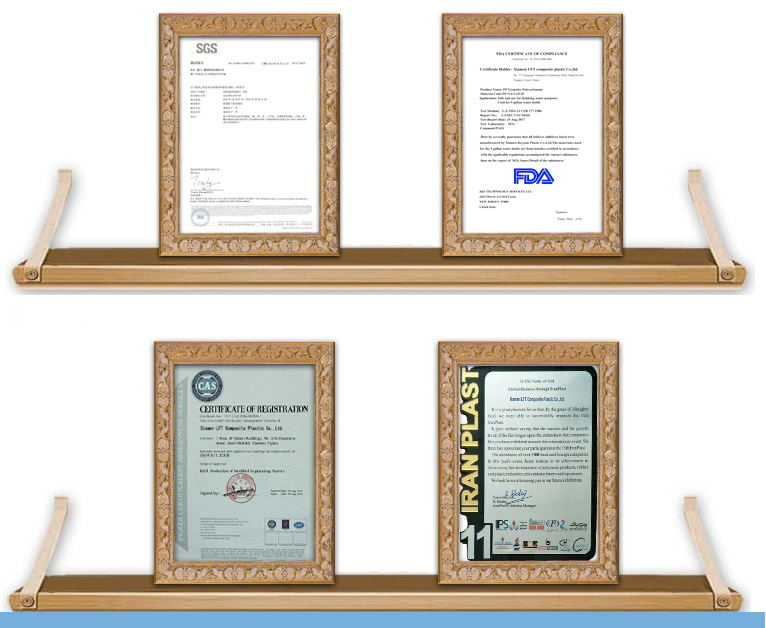
About us
Xiamen LFT composite plastic Co., Ltd is a brand-name company that focuses on LFT&LFRT. Long Glass Fiber Series (LGF) & Long Carbon Fiber Series (LCF). The company's thermoplastic LFT can be used for LFT-G injection molding and extrusion, and can also be used for LFT-D molding. It can be produced according to customer requirements: 5~25mm in length. The company's continuous infiltration reinforced thermoplastics have passed ISO9001&16949 system certification, and the products have obtained lots of national trademarks and patents.
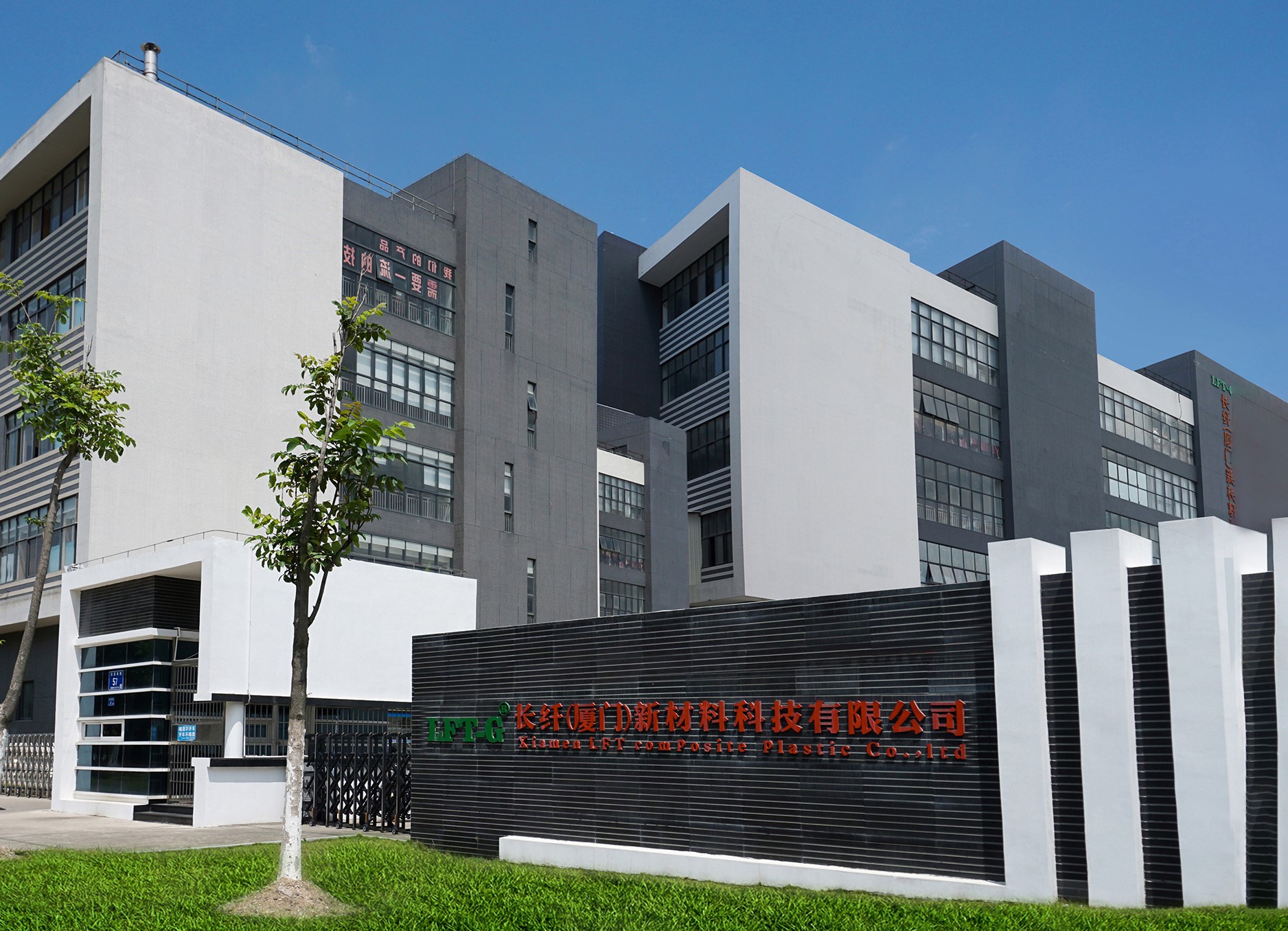
Frequently asked questions
Q. How to choose the reinforcement method and length of the material when using long fiber reinforced thermoplastic material?
A. The selection of materials depend on the requirements of the products. It is necessary to access how much the content is enhanced and how much length is more appropriate, which are depending on the performance requirements of the products.
Q. Under what circumstances can long fiber replace short fiber? What are the common alternative materials?
A. Traditional staple fiber materials can be replaced with long glass fiber and long carbon fiber LFT materials in the case of customers whose mechanical properties cannot be met or where higher metal substitutes are desired. For example, PP long glass fiber is often replacing nylon reinforced glass fiber, and nylon long glass fiber is replacing PPS series.
Q. Are there any special process requirements of long carbon fiber for the injection molding products?
A. We must consider the requirements of long carbon fiber for the injection molding machine screw nozzle, mold structure and injection molding process. Long carbon fiber is a relatively high cost material, and need to evaluate the cost of performance problem in the selection process.